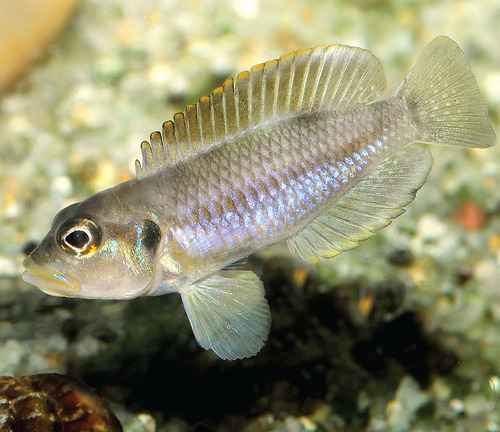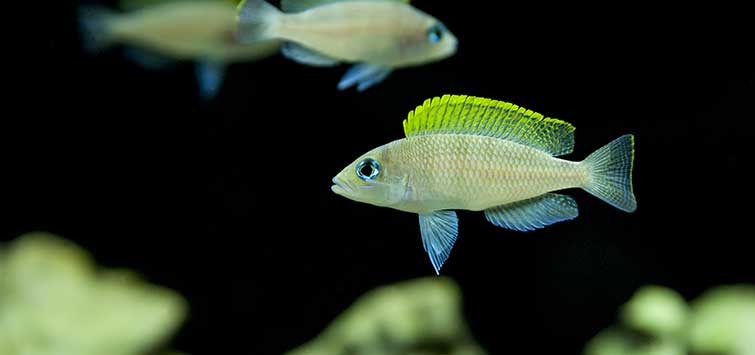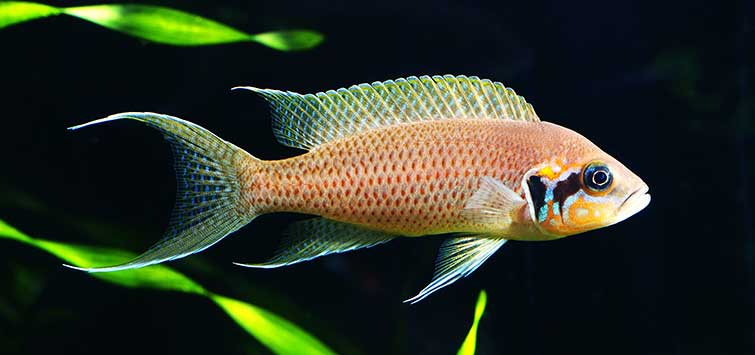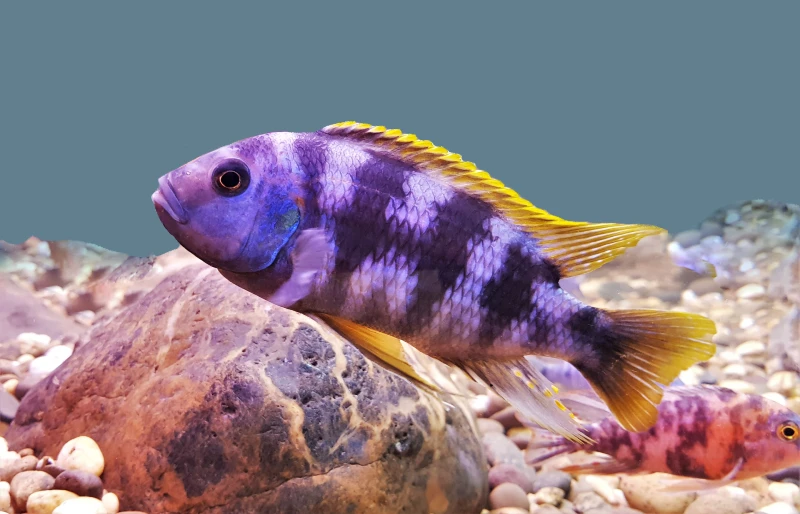jigagummyz
New Member
Hi,
I've recently acquired a 55 gallon tank including a stand for a measly $100 (such a great deal) and am currently in the process of cycling it. I've been set on Mbuna/African cichlids since I got the tank and due to that I've bought a filter with a turnover of 10 - which is about 2000 l/h since I know African cichlids are often overstocked to reduce aggression and need a strong filter to combat the large bio-load.
I've come here to ask a few questions about cichlids and how to keep them, since I prefer to plan ahead and have everything set to go by the time I go and buy them, the questions are as follows:
1. Is a 55 gallon tank enough for African cichlids? The dimensions are 100cm length, 40cm depth and about 52cm height.
2. Which African cichlids am I able to keep? I really like the ones which have VIBRANT colors like the yellow labs, and although I do like ones with mixed colors I usually prefer one solid color, and to have a few of each color in the tank.
3. Are African cichlids okay with semi-hard water? I would have trouble investing in a reverse osmosis machine and my water is a BIT towards the hard side, due to where I live.
4. Are they okay with plants? I have a few plants in the cycling tank and would prefer not to throw them away.
The size, parameters and preferences taken into consideration, which type of cichlid would you advise me to keep?
Thank you everyone in advance!
I've recently acquired a 55 gallon tank including a stand for a measly $100 (such a great deal) and am currently in the process of cycling it. I've been set on Mbuna/African cichlids since I got the tank and due to that I've bought a filter with a turnover of 10 - which is about 2000 l/h since I know African cichlids are often overstocked to reduce aggression and need a strong filter to combat the large bio-load.
I've come here to ask a few questions about cichlids and how to keep them, since I prefer to plan ahead and have everything set to go by the time I go and buy them, the questions are as follows:
1. Is a 55 gallon tank enough for African cichlids? The dimensions are 100cm length, 40cm depth and about 52cm height.
2. Which African cichlids am I able to keep? I really like the ones which have VIBRANT colors like the yellow labs, and although I do like ones with mixed colors I usually prefer one solid color, and to have a few of each color in the tank.
3. Are African cichlids okay with semi-hard water? I would have trouble investing in a reverse osmosis machine and my water is a BIT towards the hard side, due to where I live.
4. Are they okay with plants? I have a few plants in the cycling tank and would prefer not to throw them away.
The size, parameters and preferences taken into consideration, which type of cichlid would you advise me to keep?
Thank you everyone in advance!








